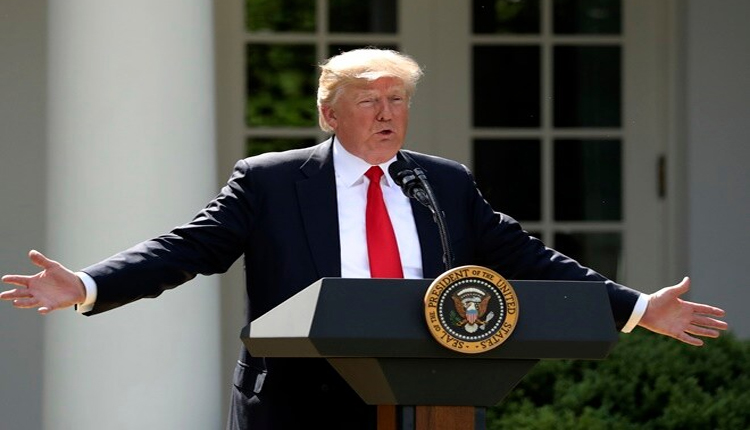Washington: On Thursday, as was stated earlier, U.S. President Donald Trump has put a blanket tariff of 35 per cent on all Canadian imports, which will take effect on 1 August 2025. The new tariff, which is described by Trump as a counterstrike brought against Canada, comes after he decided to impose a 50 per cent tariff on Brazil. The announcement has sparked intense debate on social media, and a letter issued by Trump outlining his concerns has gained a great deal of attention.
In the above letter, Trump was complaining about some of the trade activities of Canada, especially in the dairy industry. According to him, Canada levies a mind-boggling 400 per cent tax on our dairy farmers, and that is assuming that they are permitted to sell in their market. He also blamed Canada for having a lopsided trade relationship and for importing fentanyl and other drugs into the United States as other areas of concern. Trump was hardlining by saying, We will still trade with Canada; however, it will be on our terms.
The tariff announcement has an ominous threat: Canadian retaliation tariffs may result in the increase of the duties by the United States going up above the initial 35 per cent. This intimidation points to how Trump goes about transforming trading patterns with major allies aggressively.
This is comparable to a similar action against Brazil, which was recently slapped with a fifty per cent tariff. Brazilian President Luiz Inácio Lula da Silva threatened retaliations in terms of the economy, indicating the threat of a trade war. This week Trump has also been campaigning against tariffs against Japan, South Korea and Sri Lanka as an extension of his effort to deal with trade imbalances he sees.
The bilateral relations are likely to be affected negatively through Canada as well as through the tariffs on other sectors such as agriculture and manufacturing. Analysts warn that consumers on either side of the border may end up having to pay more once the tensions are increased further. At least today the world is an observer of how the trade policy of Trump is taking shape, and the international markets are preparing to receive the onslaught of Trump tariffs.



Comments are closed.